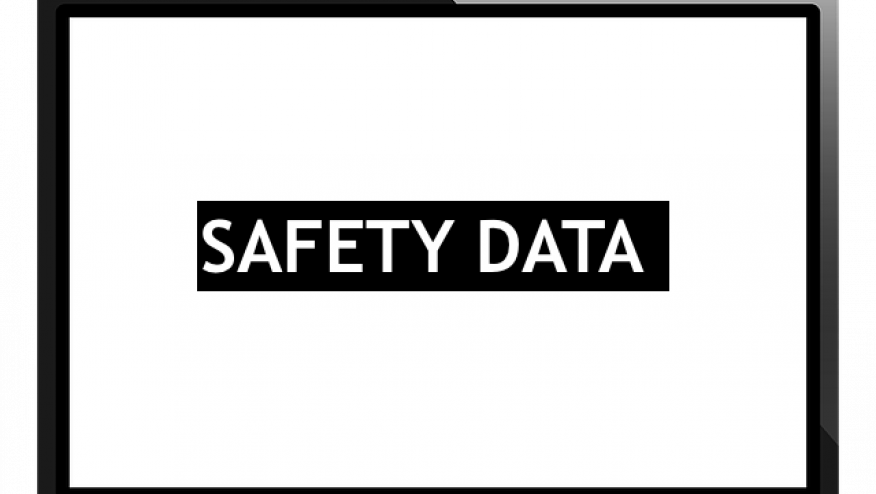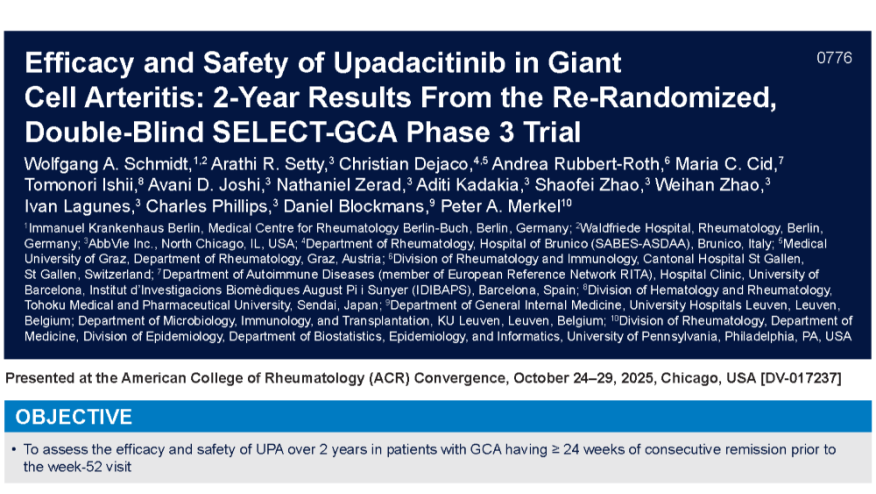ICYMI: Drug Safety Differences with New Novel Therapies in RA Save

Editor's note: This article originally appeared February 14, 2023, and is being shared again this week in case you missed it.
Safety outcomes for targeted synthetic or biological disease-modifying antirheumatic drugs (b/ts DMARDs) used to treat rheumatoid arthritis (RA) were studied using data from the Anti-Rheumatic Therapies in Sweden (ARTIS) registry, showing that these newer agents are largely similar, but still have particular differences for specific infection or other adverse event (AE) risks.
This register-based cohort study included RA patients starting b/tsDMARD between January 2010 and December 2020. Safety outcomes included treatment discontinuation due to AE, MACE events, serious infection (SIE), herpes zoster, tuberculosis, non-steatosis liver disease, depression, suicide, hospitalisation and all-cause mortality. Drug exposures analyzed included tumour necrosis factor inhibitors (TNFi; adalimumab, certolizumab, etanercept, golimumab and infliximab); other bDMARDS (abatacept, anakinra, rituximab, sarilumab, tocilizumab) and janus kinase inhibitors (JAKi; baricitinib, tofacitinib and upadacitinib). Owing to limited exposure (<200 treatment episodes), anakinra (n=84) and upadacitinib (n=105) were excluded.
Notable Safety Findings
- AE treatment discontiuations ranged from 18 on rituximab to 57 on tofacitinib (rates per 1000 person-years ranged), but few were for serious adverse events.
- Cardiovascular events (MACE, MI, CVA) and serious infections were similar in JAKi and bDMARDs Treated patients.
- JAKi had higher rates of hospital-treated herpes zoster (HR ~4.0 vs etanercept)
- RA on b/tsDMARDs and doubled rate for SIE and tripled rate for herpes zoster
- SIE rates were 30% higher with Infliximab and rituximab than etanercept
- non-steatosis liver disease was low (1–3 per 1000 PYs) across all b/tsDMARDs (40% higher than the general population)
- All b/tsDMARDs had similar rates for depression (2–5 per 1000 PYs) and (attempted) suicide (1–2 per 1000 PYs); but these were 10% and 40% higher than general population
- Hospitalisation rates (for any cause) (162 per 1000 PYs) on b/tsDMARD was 80% higher than the general population. Significantly higher rates (vs etanercept) were observed on infliximab (18%), certolizumab pegol (15%) and rituximab (28%). The lowest rate was observed on tofacitinib (weighted HR=0.69 (0.49–0.96)).










If you are a health practitioner, you may Login/Register to comment.
Due to the nature of these comment forums, only health practitioners are allowed to comment at this time.